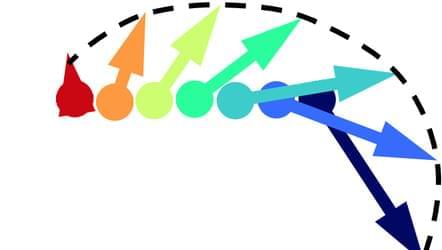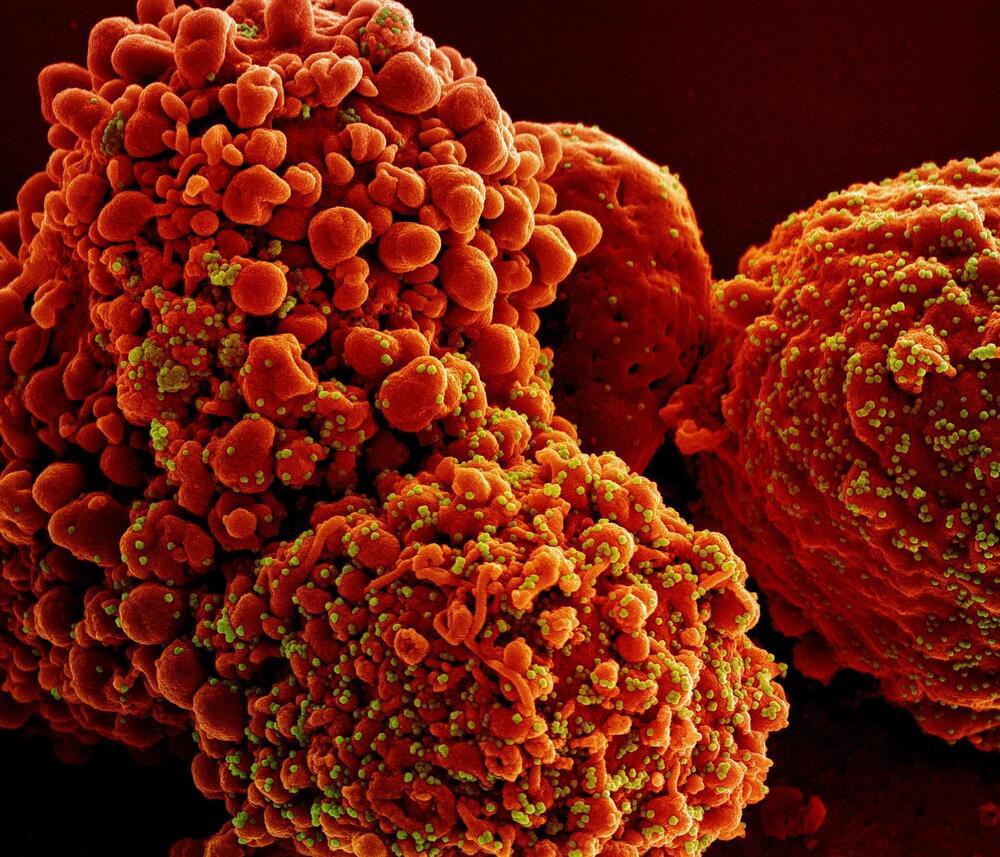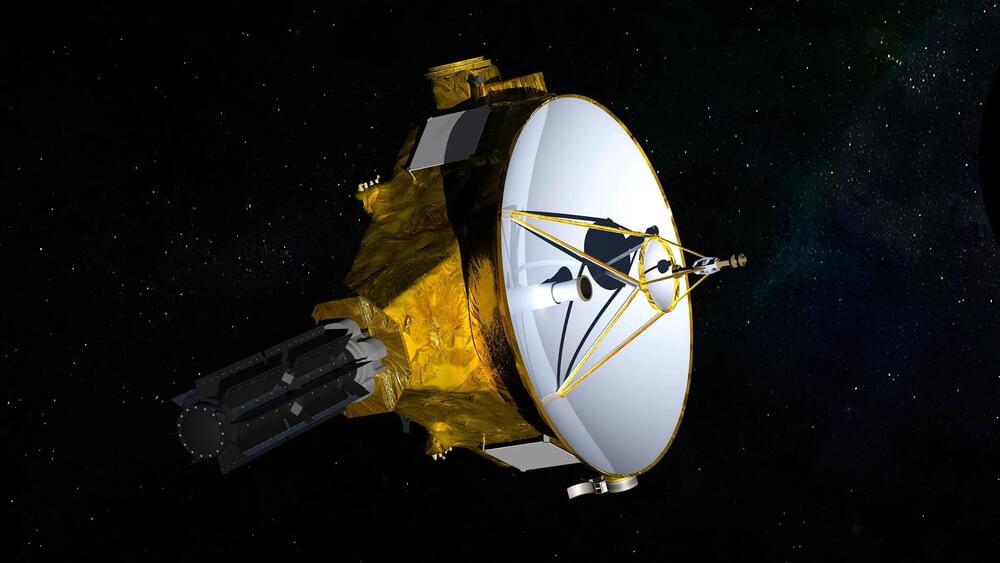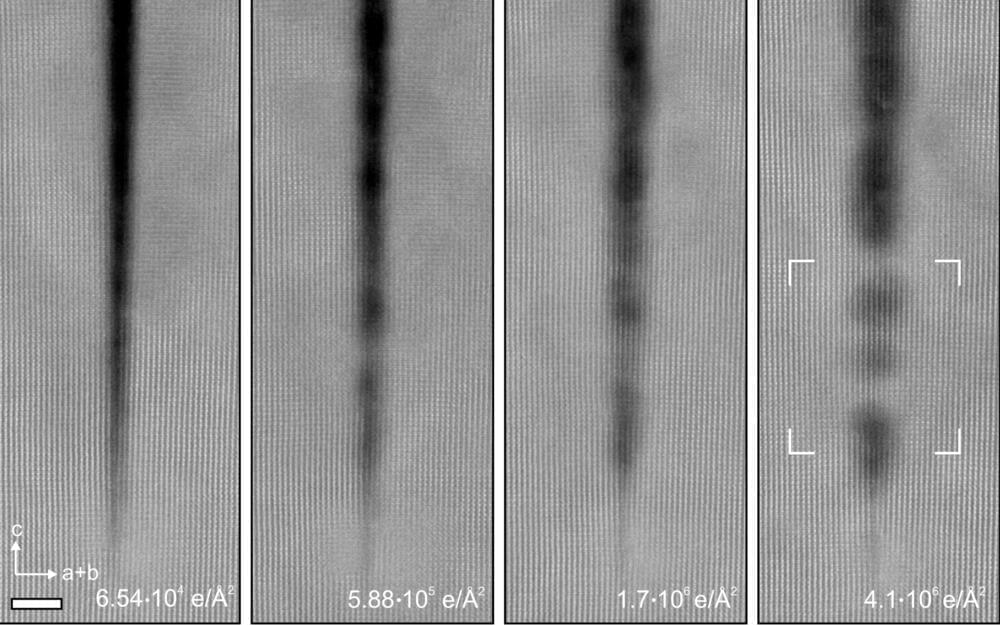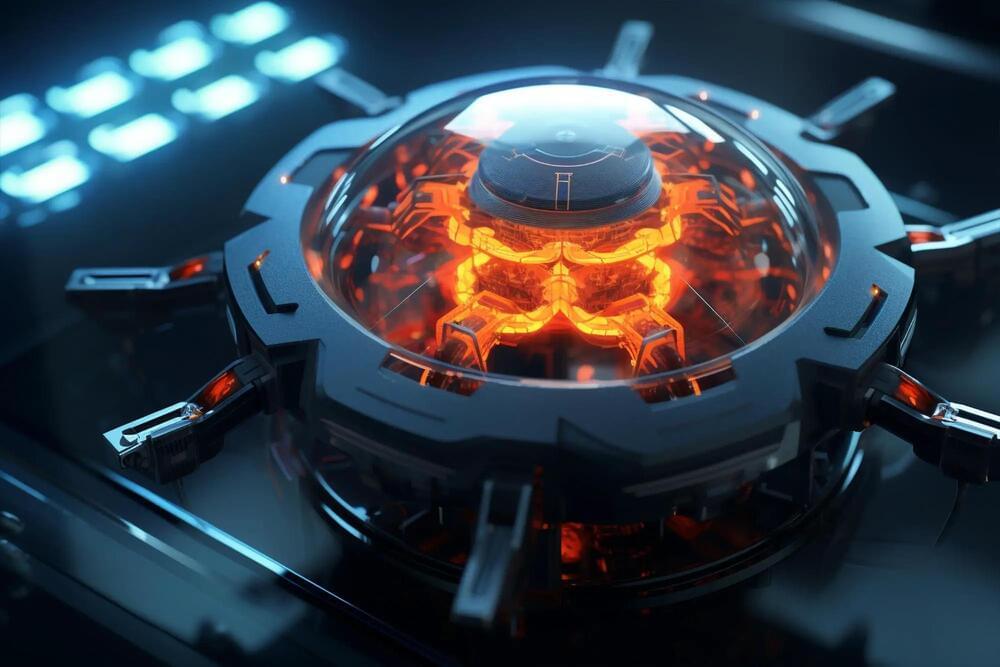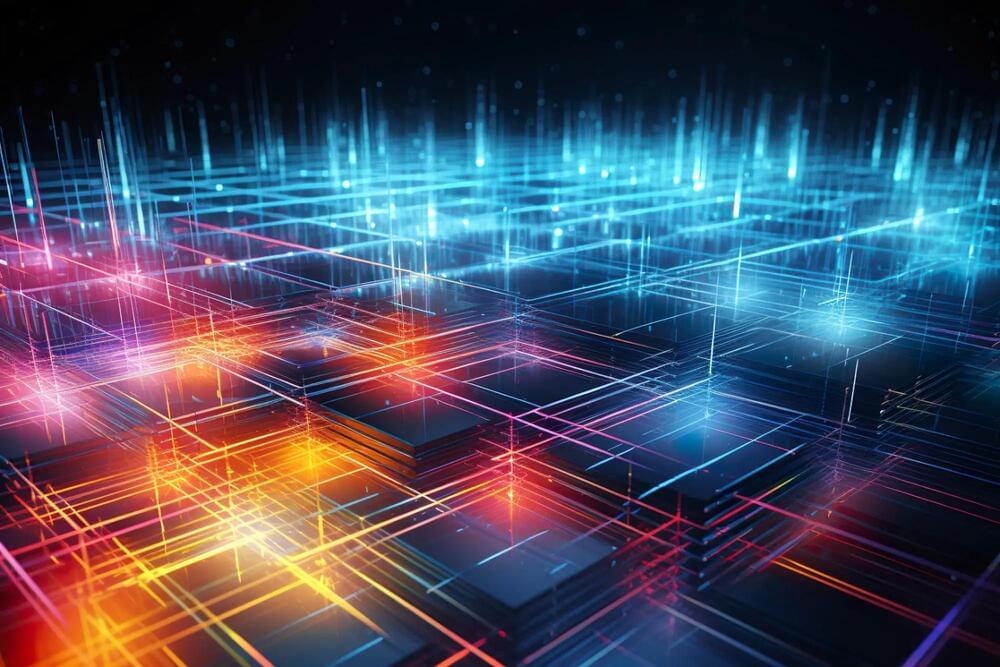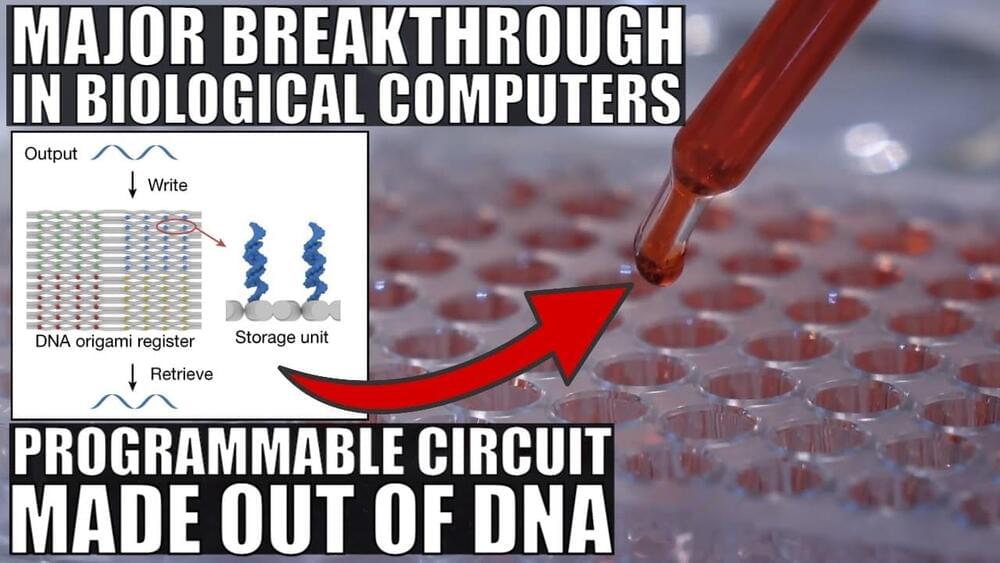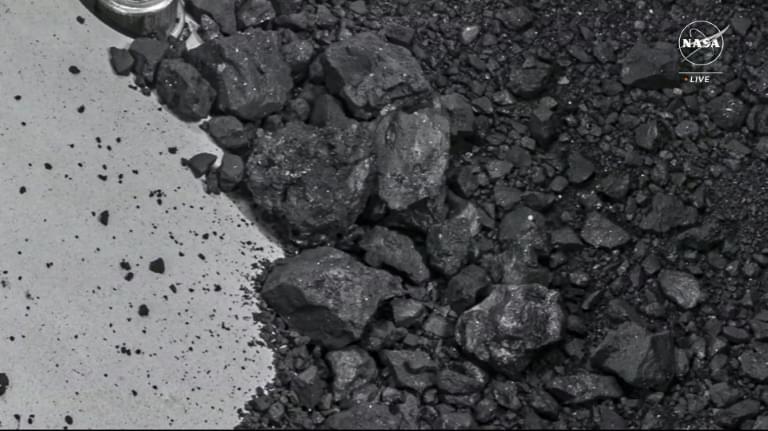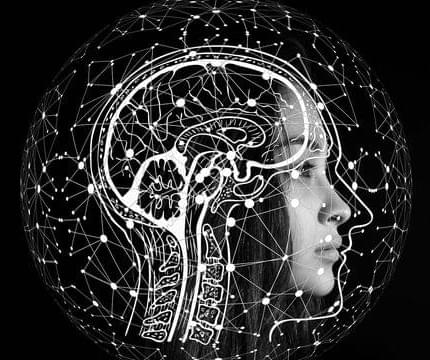Oct 13, 2023
Detection of the Orbital Hall Effect
Posted by Saúl Morales Rodriguéz in category: materials
Two different experiments on two different transition metals reveal that a current of electron orbital angular momentum flows in response to an electric field.
In the spin Hall effect, an applied electric field drives a current of electron spin in a direction transverse to the field. In a transition metal, theorists predict that an orbital angular momentum (OAM) current can also flow. Now two groups have independently observed this so-called orbital Hall effect (OHE) [1, 2]. These observations supplement one made by a third group earlier this year [3]. Together these demonstrations constitute a step toward the development of “orbitronic” devices based on an electron’s orbital degree of freedom.
For their demonstration, Giacomo Sala of the Swiss Federal Institute of Technology (ETH) in Zurich and his colleagues turned to a phenomenon known as Hanle magnetoresistance. In a conductor, when a magnetic field is applied parallel to the direction of electron OAM, orbital moments should accumulate at the edges of the sample because of the OHE. If instead the field is applied perpendicular to electron OAM, the orbital moments should precess. The orbital moments should then fall out of phase with each other, which boosts the material’s magnetoresistance. The team observed these effects in thin films of manganese [1].
